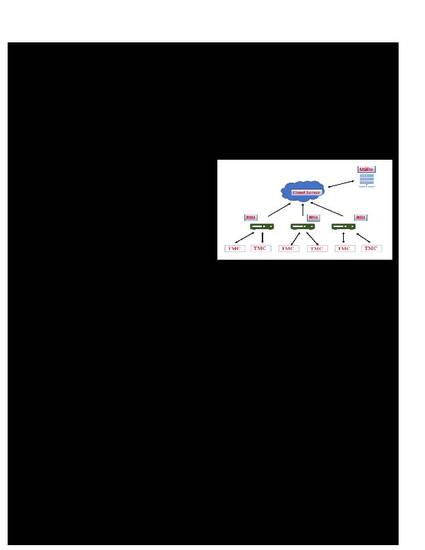
Smart transportation networks have become instrumental in smart city applications with the potential to enhance road safety, improve the traffic management system and driving experience. A Traffic Message Channel (TMC) is an IoT device that records the data collected from the vehicles and forwards it to the Roadside Units (RSUs). This data is further processed and shared with the vehicles to inquire the fastest route and incidents that can cause significant delays. The failure of the TMC sensors can have adverse effects on the transportation network. In this paper, we propose a Gaussian distribution-based trust scoring model to identify anomalous TMC devices. Then we propose a semi-supervised active learning approach that reduces the manual labeling cost to determine the threshold to classify the honest and malicious devices. Extensive simulation results using real-world vehicular data from Nashville are provided to verify the accuracy of the proposed method.
- Active Learning,
- Anomaly Detection,
- Smart Transportation,
- TMC
Available at: http://works.bepress.com/sajal-das/273/

National Science Foundation, Grant OAC-2017289